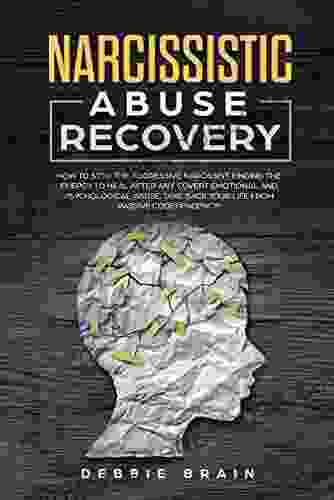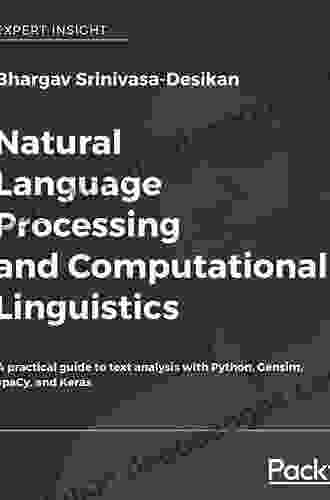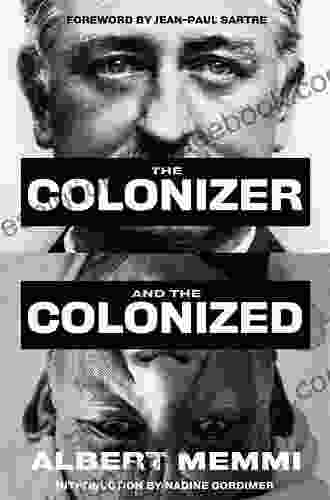Practical Guide to Text Analysis with Python: Gensim, spaCy, and Keras

4.1 out of 5
| Language | : | English |
| File size | : | 8169 KB |
| Text-to-Speech | : | Enabled |
| Enhanced typesetting | : | Enabled |
| Print length | : | 308 pages |
| Screen Reader | : | Supported |
In the realm of big data, text data constitutes a vast and valuable resource. To harness the power of this data, text analysis techniques play a crucial role by extracting meaningful insights from unstructured text. Python, a versatile programming language, offers a robust ecosystem of libraries specifically tailored for text analysis tasks. Among these libraries, Gensim, spaCy, and Keras stand out as indispensable tools for unlocking the potential of text data.
Gensim: Topic Modeling and Document Similarity
Gensim is a powerful library for topic modeling, a statistical technique that uncovers hidden patterns and themes within text data. It leverages a variety of algorithms, such as Latent Dirichlet Allocation (LDA) and Latent Semantic Indexing (LSI),to identify topics that represent the underlying structure of the text.
Moreover, Gensim provides efficient methods for calculating document similarity. By representing documents as vectors, it enables the computation of distances or similarities between them, supporting tasks such as document clustering and information retrieval.
Example: Load a document corpus and perform topic modeling using Gensim:
import gensim from gensim import corpora # Load the document corpus documents = ["This is a document about natural language processing.", "This is another document about machine learning.", "This is a third document about data science."] # Create a dictionary for the corpus dictionary = corpora.Dictionary(documents) # Convert documents to bag-of-words vectors bow_corpus = [dictionary.doc2bow(document) for document in documents] # Train the LDA model lda_model = gensim.models.LdaModel(bow_corpus, num_topics=3, id2word=dictionary) # Print the topics for topic in lda_model.print_topics(): print(topic)spaCy: Linguistic Preprocessing and Feature Extraction
spaCy is a cutting-edge natural language processing (NLP) library that offers comprehensive linguistic analysis capabilities. It excels in tokenization, part-of-speech tagging, syntactic parsing, named entity recognition, and other essential NLP tasks. By leveraging spaCy, developers can extract meaningful features from text data, enabling downstream analysis and machine learning applications.
spaCy's strength lies in its pre-trained models, which capture the intricacies of language and provide a head start for NLP tasks. These models can be further fine-tuned to specific domains or datasets, enhancing their effectiveness in specialized applications.
Example: Tokenize and perform part-of-speech tagging on a text using spaCy:
import spacy # Load the spaCy English model nlp = spacy.load("en_core_web_sm") # Load a text document text = "Barack Obama was the 44th President of the United States." # Parse the text and obtain linguistic annotations doc = nlp(text) # Print the tokens and part-of-speech tags for token in doc: print(token.text, token.pos_)Keras: Deep Learning for Text Classification and Sentiment Analysis
Keras is a user-friendly deep learning API for Python, renowned for its simplicity and extensibility. Its intuitive interface and support for a wide range of neural network architectures make it highly accessible for text classification and sentiment analysis tasks.
Keras provides pre-trained models for text embedding, such as Word2Vec and GloVe, which enable the representation of text data in a vector space. These embeddings capture semantic relationships between words, facilitating the training of deep learning models for text-based tasks.
Example: Train a neural network model for text classification using Keras:
import keras from keras.models import Sequential from keras.layers import Dense, Dropout, Embedding, LSTM # Load the pre-trained Word2Vec embeddings embeddings = gensim.models.KeyedVectors.load_word2vec_format("word2vec.bin", binary=True) # Create a text classification model model = Sequential() model.add(Embedding(len(embeddings.vocab),100, input_length=100)) model.add(LSTM(100, dropout=0.2)) model.add(Dense(1, activation='sigmoid')) # Compile the model model.compile(loss='binary_crossentropy', optimizer='adam', metrics=['accuracy']) # Load the training data train_data = pandas.read_csv("train.csv") # Tokenize and convert the text to sequences train_sequences = [text_to_sequence(text, embeddings) for text in train_data["text"]] # Train the model model.fit(train_sequences, train_data["label"], epochs=10)Gensim, spaCy, and Keras form a formidable trio for text analysis in Python. By leveraging their combined capabilities, data scientists and analysts can unlock the full potential of unstructured text data. From topic modeling to linguistic preprocessing to deep learning-based classification and sentiment analysis, these libraries provide a comprehensive toolkit for extracting meaningful insights and gaining a deeper understanding of text data.
This practical guide has presented a comprehensive overview of these essential libraries. By diving deeper into their functionalities and exploring additional examples, you can master the art of text analysis and empower your data-driven applications.
4.1 out of 5
| Language | : | English |
| File size | : | 8169 KB |
| Text-to-Speech | : | Enabled |
| Enhanced typesetting | : | Enabled |
| Print length | : | 308 pages |
| Screen Reader | : | Supported |
Do you want to contribute by writing guest posts on this blog?
Please contact us and send us a resume of previous articles that you have written.
 Book
Book Novel
Novel Text
Text Story
Story Genre
Genre Paperback
Paperback Magazine
Magazine Sentence
Sentence Shelf
Shelf Glossary
Glossary Bibliography
Bibliography Foreword
Foreword Annotation
Annotation Manuscript
Manuscript Scroll
Scroll Bestseller
Bestseller Classics
Classics Library card
Library card Narrative
Narrative Autobiography
Autobiography Memoir
Memoir Reference
Reference Resolution
Resolution Librarian
Librarian Catalog
Catalog Card Catalog
Card Catalog Periodicals
Periodicals Research
Research Reserve
Reserve Academic
Academic Journals
Journals Reading Room
Reading Room Rare Books
Rare Books Special Collections
Special Collections Study Group
Study Group Thesis
Thesis Dissertation
Dissertation Storytelling
Storytelling Awards
Awards Reading List
Reading List Bethany Crandell
Bethany Crandell Sarah L Leonard
Sarah L Leonard Katee Robert
Katee Robert Johan Galtung
Johan Galtung Guy W Wallace
Guy W Wallace Paul Durham
Paul Durham Colin Holmes
Colin Holmes D H Stamatis
D H Stamatis Hugh Montagu Butterworth
Hugh Montagu Butterworth Ulysses Arctos Gyas
Ulysses Arctos Gyas Ousman A S Jammeh
Ousman A S Jammeh Virginia Aronson
Virginia Aronson Janet Neavles
Janet Neavles Fareed Zakaria
Fareed Zakaria John Pallotta
John Pallotta Julian Henriques
Julian Henriques Alaric Bond
Alaric Bond George East
George East Linda Heavner Gerald
Linda Heavner Gerald B Love
B Love
Light bulbAdvertise smarter! Our strategic ad space ensures maximum exposure. Reserve your spot today!

 William ShakespeareExploring the Masterful Choreography of Alex Romero: A Hollywood Luminary
William ShakespeareExploring the Masterful Choreography of Alex Romero: A Hollywood Luminary Rex HayesFollow ·10.1k
Rex HayesFollow ·10.1k DeShawn PowellFollow ·2.4k
DeShawn PowellFollow ·2.4k Colin RichardsonFollow ·17.4k
Colin RichardsonFollow ·17.4k Elias MitchellFollow ·6.8k
Elias MitchellFollow ·6.8k Ricky BellFollow ·5.7k
Ricky BellFollow ·5.7k Sammy PowellFollow ·5k
Sammy PowellFollow ·5k Eli BrooksFollow ·3.9k
Eli BrooksFollow ·3.9k Charles ReedFollow ·11.9k
Charles ReedFollow ·11.9k

 Billy Foster
Billy FosterHow to Stop the Aggressive Narcissist: Finding the Energy...
Understanding...

 Cortez Reed
Cortez ReedThe Butcher of Hooper Creek: The Notorious Life of...
In the rugged and unforgiving Canadian...

 Charles Reed
Charles ReedThe Portable Sales Coach: Your Comprehensive Guide to...
Discover the Sales Mastery...

 Jack Butler
Jack ButlerMeet Nancy Clancy, the Feisty and Fabulous Disney Junior...
In a vibrant world where...

 Francis Turner
Francis TurnerChaos Response: The Letter Harmony And Chaos
In the beginning, there was...
4.1 out of 5
| Language | : | English |
| File size | : | 8169 KB |
| Text-to-Speech | : | Enabled |
| Enhanced typesetting | : | Enabled |
| Print length | : | 308 pages |
| Screen Reader | : | Supported |












